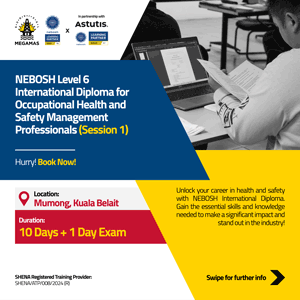AFP – Major advances in computing and robotics are generally greeted with enthusiasm in companies, as they promise to increase worker efficiency. But new research suggests that productivity may be an increasingly elusive objective.
Research conducted in nine countries highlights the many obstacles office workers face in completing their tasks, and therefore being productive.
The study was conducted by Slack, in partnership with research firm Qualtrics, among 18,149 employees, in nine countries (United States, Australia, France, Germany, United Kingdom, India, Singapore, Japan and South Korea) and with different levels of responsibility, between Feb 24 and March 21, 2023.
But what does “being productive” really mean? For some executives, this notion implies a drive to maximise employee output in order to increase revenue.
In reality, however, productivity is measured more by the means of production than by the results achieved. Some 27 per cent of executives surveyed by Slack measure their staff’s productivity using visibility and activity metrics.
Only 19 per cent take into account KPIs – sales and marketing performance indicators in office jargon – and targets to evaluate them.

In this context, employees strive to show that they are working hard, rather than focusing on the end results. The majority of survey respondents feel obliged to respond promptly to emails and other messages they receive, even if they are sent outside working hours.
More than 60 per cent also strive to appear online and available at all times, even when they’re not working.
THE CHARADE OF PRODUCTIVITY
This idea of looking busy at all times is called “productivity theatre.” Although it is widespread in the professional world, it is generally an unrecognised situation in most companies.
The causes of “productivity theatre” are manifold, but they all have to do with work organisation and quality of life in the workplace.
On average, the employees surveyed spend 32 per cent of their time on performative tasks that make them look productive, without actually being so. These include responding to emails and other written requests, as well as attending the many meetings to which they are invited.
The employees surveyed estimate that 43 per cent of meetings could be dispensed with without any real negative impact on the smooth running of their company. This impression is even more pronounced among executives and managers, who often attend meeting after meeting as part of their working day.
More generally, 22 per cent of employees say that chaotic organisation at work has a negative impact on their productivity. There are several ways to boost employee productivity and encourage them to maximise their potential. The first is to remedy so-called hyperconnectivity, the notion of being always available, by introducing strict times for switching off – a solution favoured by 67 per cent of respondents.
The second concerns flexibility in working hours. The majority of employees (52 per cent) consider this to be one of the main productivity levers.
The third concerns artificial intelligence. Nearly eight in 10 working people believe that the ability to automate repetitive tasks would enable them to significantly improve their productivity. It should be noted, however, that deploying AI tools in companies requires major efforts in terms of reorganisation and employee training.






